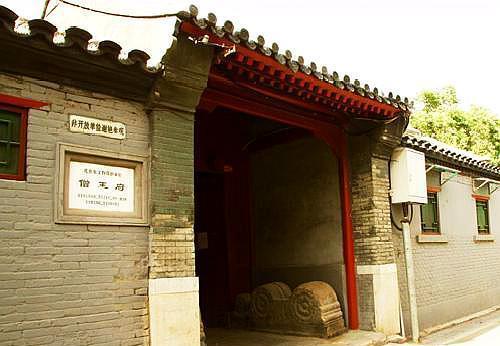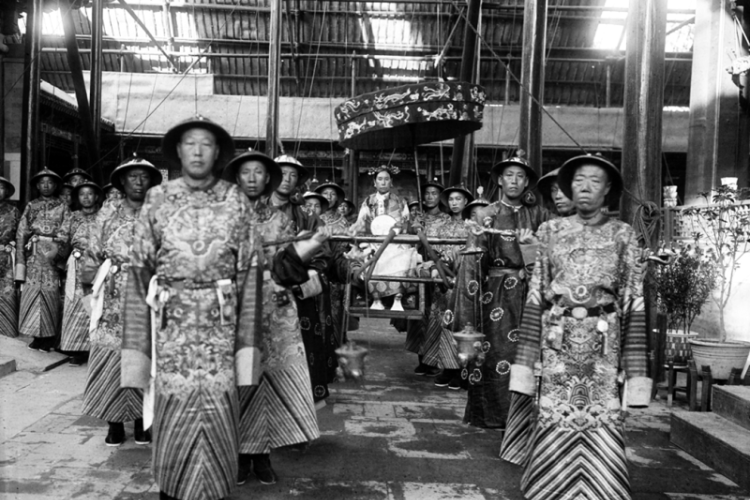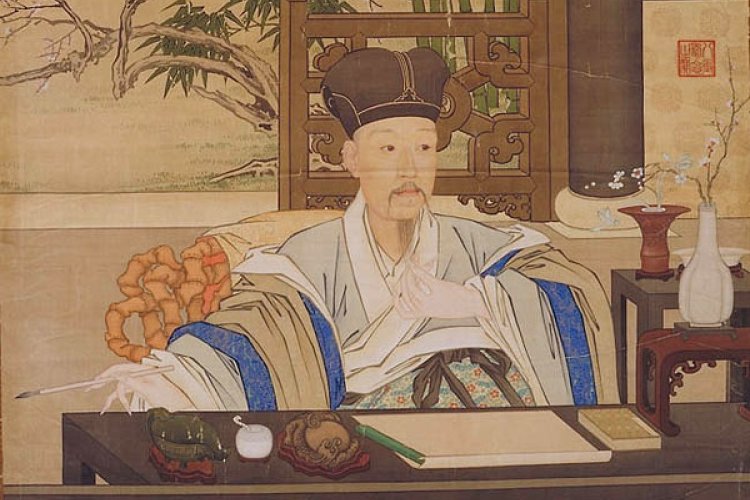Getting to know your Beijing Neighbors: Sengge Rinchen
Why is he important?
Two words: Mongolian Prince. Two more words: Dynastic Hero. Sengge Rinchen fought against the British and French during the Second Opium War, including winning a major engagement in 1859 when his troops surprised a multinational convoy trying to force its way up the Hai River near Tianjin.

Anything else?
As if things were bad enough with the foreign powers battering down the doors, the Qing Empire was fighting a major civil war in the middle of the 19th century. The Taiping Heavenly Kingdom, led by the self-professed Son of the (Christian) God Hong Xiuquan, had carved out a rival state in the middle of China with a capital at Nanjing. Sengge Rinchen first earned notice from the court in 1855 for his derring-do and courage in leading cavalry divisions, turning back Taiping forces from marching on Tianjin.
What’s his connection to Beijing?
For his exploits against the foreign armies and the Taiping rebels, Sengge Rinchen was given many titles and honors along with a prime piece of real estate. His palace occupies almost half a city block west of Nanluoguxiang, bordered on the south by Chaodou Hutong (where the main gate is at #77) and Banchang Hutong to the north. Sengge Rinchen also led the defense against the return of the British and French armies. Freshly peeved from their humiliation a year early, the Anglo-French Expedition of 1860 brought reinforcements and the latest field artillery. The British and French troops steamrolled Sengge Rinchen's calvary at Baliqiao (today a Line 1 Metro Stop on the way to Tongzhou), marched on Beijing, occupied the city, and then burned the imperial gardens and residences at Yuanmingyuan (the Old Summer Palace).
What else should I know about his life?
The Anglo-French Expedition and the Taiping rebels were not the only threats facing the Qing government during Sengge Rinchen's time. After a brief demotion and loss of titles following his reversal of fortune at Baliqiaio, Sengge Rinchen returned to duty – titles (mostly) restored – to help fight the Nian Rebels marauding the North China Plain. He polished his reputation by hunting down two important leaders of the Nian but didn't live long enough to enjoy his glory. In 1865, he was ambushed by Nian forces and killed near Heze in central Shandong Province.
Anywhere I can visit?
The former home of Sengge Rinchen has long been divided up mostly into hutong residential units. Still, you can see some of the gates and other ornamentation along Chaodou Hutong. Sengge Rinchen's son inherited the property and some of his dad's titles. The family held onto the mansion until the 1930s when hard economic times forced Sengge Rinchen's great-grandson to start selling off pieces of the family property. After Sengge Rinchen was killed, the court ordered a shrine erected in Beijing to honor the fallen hero, but very little, if anything, survives today. It was located near the Kuanjie Primary School, not far from Sengge Rinchen's former mansion.
What if I want to read more?
While he's not the main character (that honor goes to Qing uber-official Zeng Guofan), Sengge Rinchen and his cavalry exploits figure in Stephen Platt's masterful history of the Taiping War, Autumn in the Heavenly Kingdom. Highly recommended.
About the Author
Jeremiah Jenne earned his Ph.D. in Chinese history from the University of California, Davis, and taught Late Imperial and Modern China for over 15 years. He has lived in Beijing for nearly two decades and is the proprietor of Beijing by Foot, organizing history education programs and walking tours of the city, including deeper dives into the topics covered in this series.
READ: Getting to Know Your Beijing Neighbors: Lao She
Images from Wikicommons




